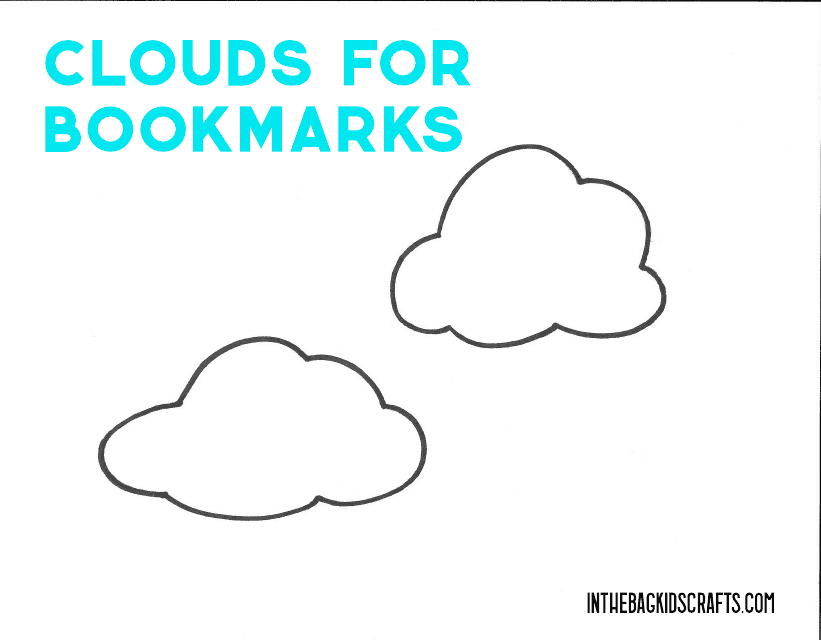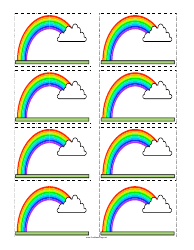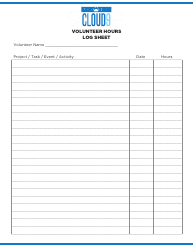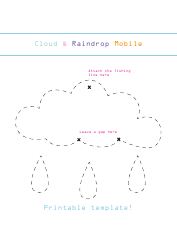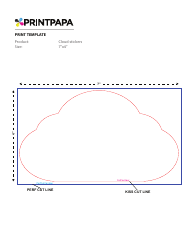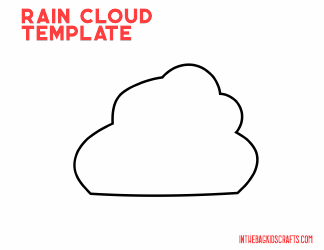Cloud Templates
Cloud Templates are designed to streamline the process of setting up and deploying cloud-based services and infrastructures. These templates contain a standard set of configurations and settings for a specific type of cloud service, allowing users to quickly set up their cloud environment without needing to manually configure each component.
For example, a Cloud Template might include settings for the type of server to be used, the operating system to be installed, the applications and services to be deployed, and any necessary security settings. This way, instead of having to set up these components individually, users can simply plug in the Cloud Template and have everything set up automatically.
These templates are particularly useful for businesses and organizations that need to quickly deploy scalable, reliable, and secure cloud services. They also help to ensure consistency and compliance across different cloud environments. The use of Cloud Templates can significantly reduce the time, effort, and technical expertise required to set up a cloud infrastructure, making them valuable tools in today's digital age.
Cloud Templates, such as those used for cloud-based services like AWS (Amazon Web Services), Google Cloud, or Microsoft Azure, are typically filed by the system administrators or IT professionals who handle the management of these services within a company. These individuals utilize the templates to configure and manage the cloud environment, including the setup of servers, storage, networking, and applications.
FAQ
Q: What are cloud templates?
A: A cloud template is a file or set of files that are used to create and deploy a group of cloud resources. These files can often be written in JSON or YAML, and they specify what resources should be used and how they should be configured. Cloud templates are commonly used in Infrastructure as Code (IaC) practices.
Q: Which companies offer cloud templates?
A: Several major cloud service providers offer cloud templates, including Amazon Web Services (AWS), Google Cloud Platform (GCP), and Microsoft Azure. Additionally, third-party tools such as Terraform also offer their own template formats that can work across multiple cloud providers.
Q: How do I use a cloud template?
A: The exact process for using a cloud template can vary depending on the platform, but generally it involves writing or modifying a template file that specifies your desired resources and configurations, and then using the platform's command line or web interface to deploy the template. Some platforms may also offer pre-built templates for common use cases.
Q: What are the benefits of using cloud templates?
A: Cloud templates offer a number of benefits, such as enabling Infrastructure as a Code (IaC), which promotes consistent and efficient environments. They are reusable, which allows for quicker and more reliable deployments. And they can be stored in version control systems, which allows for history tracking and collaboration.
Q: Are cloud templates secure?
A: Cloud templates themselves don't guarantee security, but they can be used to implement secure configurations. However, security ultimately depends on how the templates are written and used. For example, sensitive data should never be hard-coded into templates. Instead, use secure ways of managing secrets provided by the cloud platform.
Q: Do I need to know how to code to use cloud templates?
A: While you don't necessarily need to be an expert programmer to use cloud templates, it certainly helps to have a basic understanding of scripting languages, especially JSON or YAML, which are commonly used to write templates. However, many platforms provide intuitive user interfaces and pre-built templates to make it easier for beginners.
